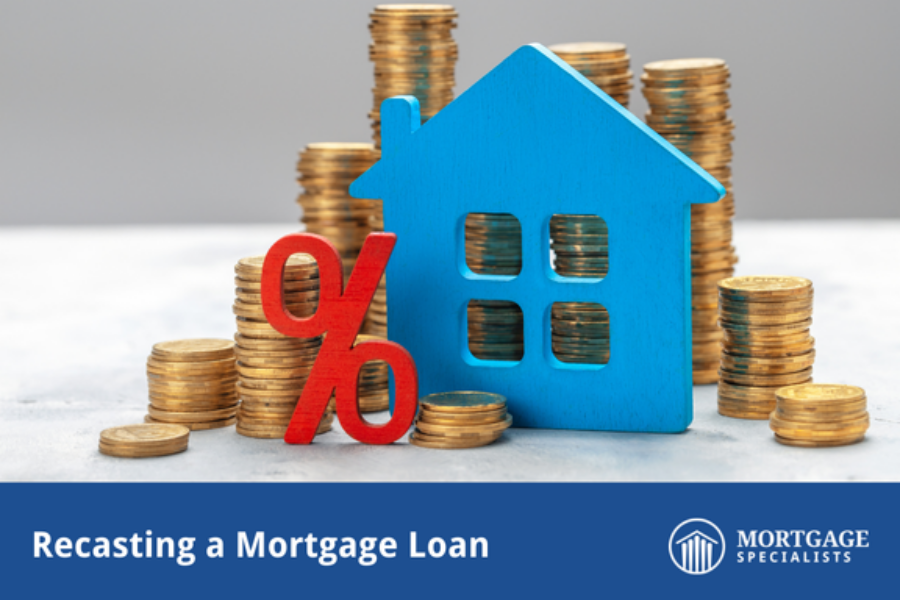Find yourself wondering, “What’s the difference between HELOC (Home Equity Line of Credit) and Home Equity Loans?” You’re not alone! This question comes up a lot. In short, HELOCs are ideal for variable expenses and providing adaptability while Home Equity Loans offer a structured approach for specific financial goals. HELOCs and Home Equity Loans are two financial tools that allow homeowners to leverage the equity in their homes, but they operate differently and serve different purposes. Understanding the difference between the two is crucial for homeowners seeking to tap into their home equity. As always, it’s essential to assess your unique situation and financial objectives before deciding which option aligns best with your needs.
The Lowdown on HELOCs
A Home Equity Line of Credit (HELOC) functions as a flexible, revolving line of credit similar to a credit card, but with cheaper interest and is secured by your home’s equity. With a HELOC, homeowners are given access to a maximum borrowing limit, and they can draw funds as needed during a specified draw period (typically 5-10 years). The interest rates on HELOCs are often variable, and fluctuate with the economy. During the draw period, borrowers may make interest-only payments, charge to it, or pay it off. Once this period ends, the repayment phase begins, during which it turns into a fixed-rate loan and principal plus interest payments are required.
The Lowdown on Home Equity Loans
On the other hand, a Home Equity Loan is a fully amortizing loan with a fixed interest rate and fixed monthly payments. The loan amount is determined by the equity in the home, and homeowners receive the funds in one lump sum. Unlike a HELOC, where funds can be drawn as needed, a Home Equity Loan provides a one-time disbursement. The repayment term for a Home Equity Loan is fixed, typically ranging from 5 to 20 years, and regular monthly payments include both principal and interest. This makes Home Equity Loans great for budgeting purposes.
Now Let’s Compare and Contrast
Flexibility vs. Certainty
- HELOCs: Offer flexibility during the draw period, allowing homeowners to borrow funds as needed and repay at their own pace.
- Home Equity Loans: Provide predictability with a lump-sum payment, fixed interest rates, and regular monthly payments.
Interest Rates
- HELOCs: Typically come with variable interest rates and are subject to market fluctuations.
- Home Equity Loans: Usually have a fixed interest rate, offering stability throughout the loan term.
Usage
- HELOCs: Ideal for ongoing/unpredictable expenses, such as home improvements or emergency expenses.
- Home Equity Loans: Suited for planned, one-time expenses like major renovations, debt consolidation, or other major financial needs.
Repayment Structures
- HELOCs: Allow interest-only payments during the draw period, with only the repayment phase requiring principal and interest payments.
- Home Equity Loans: Require principal and interest payments for the entire loan term.
Final Thoughts
Understanding the distinction between a HELOC and a Home Equity Loan is crucial for homeowners navigating their financial options. While HELOCs offer flexibility (making them great for variable expenses), Home Equity Loans provide a structured approach for financing. The choice between the two ultimately depends on individual needs, financial goals, and personal preferences. As always, it’s essential to evaluate your unique situation before deciding which option aligns best with your needs, ensuring a well-informed and strategic approach to leveraging your home equity. At Mortgage Specialists, we’re here to help!











 © Mortgage Specialists.
© Mortgage Specialists.